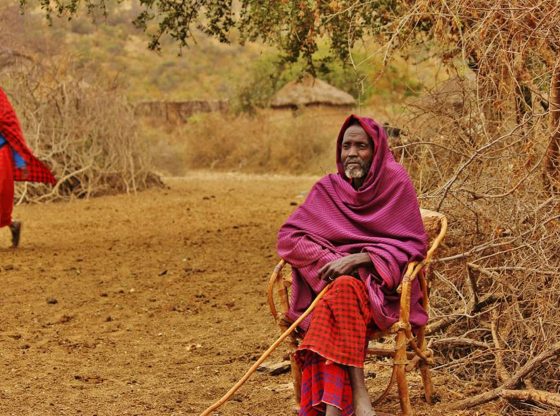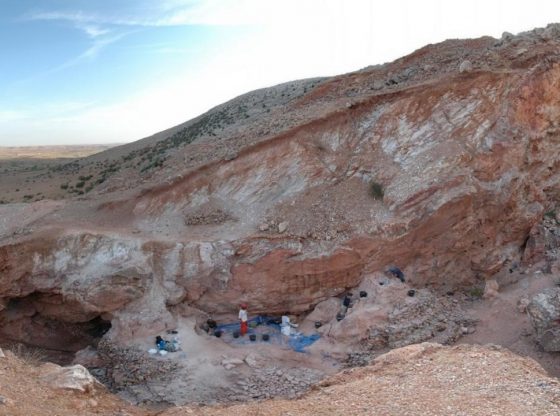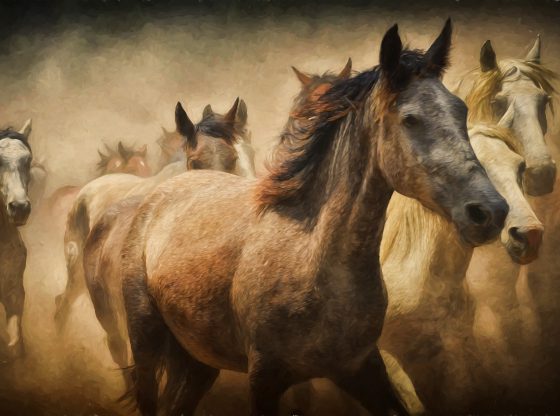Not only has our skin adapted to the climate our ancestors lived in – our noses have been subjected to natural selection as well – and above all our nostrils.
Evolutionary biology distinguishes between characteristics caused and spread by chance and characteristics that constitute an evolutionary advantage.
That is, the wide variaty of shapes of the human nose may have accumulated among populations through time as a result of a random process called genetic drift, or divergent selection (divergent evolution) with variation in natural selection across populations.
Peoples from different parts of the world generally differ in the shape of their noses. There are several theories to why this is the case, but a direct cause has yet to be established. To find out, researchers compared four different groups of people: people from West Africa, Eastern and Southern Asia, and Northern Europe.
Correlating climate to shape of nose
Advanced statistical methods reveal that our noses do not just look like they do by chance: they actually seem to be climate-friendly. The researchers considered a variety of nose measurements, looking at the width of the nostrils, the distance between nostrils, the height of the nose, nose ridge length, nose protrusion, external area of the nose and the area of the nostrils. Then digitally recreating the noses using 3D facial imaging.

They found that the width of the nostrils and the base of the nose measurements differed across populations more than could be accounted by so-called by genetic drift.
To establish divergent selection and possibly link the local climate to account for the apparent differences, the researchers looked at the spatial distribution of these traits and correlated them with local temperatures and humidity. This showed that the width of the nostrils is strongly correlated with temperature and absolute humidity.
“the positive direction of the effects indicate that wider noses are more common in warm-humid climates, while narrower noses are more common in cold-dry climates.”
The biological purpose of the nose is to condition inhaled air so that it is warm and moist. The narrower nostrils seem to alter the airflow so that the mucous-covered inside of the nose can humidify and warm the air more efficiently.
Narrower airways mean that it takes longer for the air that we breathe to reach the lungs. This is important since our lungs aren’t able to absorb just any air available – the air must have a certain humidity and temperature for us to be able to assimilate the oxygen within.

The researcher’s reason that people with narrower nostrils probably fared better and had more offspring than people with wider nostrils, in colder climates. This lead to a gradual decrease in nose width in populations living far away from the equator. This shows that people in the northern parts of Europe have slightly narrower noses and smaller airways, which could be an adaptation to a colder, drier climate.
Climate adaptation
One of the more established human evolutionary adaptations to climate is our skin; reduced pigmentation of the skin is an adaptation to the lower levels of sun exposure at northern latitudes and increased vitamin d production.
Asian eyes (described by scientists as epicanthic folds) were probably an adaption to protect the eyes in a windy environment, cold and the glare off the snow.
The narrow but generally longer noses among Inuits living in the far north is probably an adaptation to a very cold climate and air. And so is a more stocky figure, since heat evaporates more quickly from large surfaces than from small. This simple physical law explains why body dimensions vary greatly between peoples that can trace their ancestors to a particular biotope, the warm south or the cold north.
Inuit are generally smaller and more compact, with shorter arms and legs, which facilitates for a minimum of heat loss to the surroundings. Peoples south of the equator instead, such as the Masai, are built quite contrary, providing an optimal delivery of heat under the hot sun.
There is also research showing how people from the Himalayas carries a mutation that allows them to have an improved ability to absorb oxygen, possibly inherited by the now extinct Denisovian hominin.
In recent years, it has been established that many genetic traits in us humans today, aren’t really human at all, but genes received from our hominin cousins.
For example, a study published last year revealed that there is an association between Neanderthal versions of genes and keratosis, the skins ability to protect it from UV radiation. Another study published last year showed that inuit DNA matches very well with the Denisovan genome, and it is highly differentiated from other present-day human sequences, providing them with a specialised gene known to affect the human body’s response to cold.
These recent findings add to the remarkable number of recent examples of ancient interbreeding that may have conferred unique adaptive traits to modern humans, either from Neanderthals, Denisovans or other hominins to be revealed with further research.
Controversial science
This type of evolutionary genetic science highlighting differences between peoples is tangent to eugenics and remains an inflammatory issue, both socially and scientifically.
Fortunately, modern human genetics can deliver a message that human populations share most of their genetic variation and that there is no scientific support for the concept that human populations are totally discrete nonoverlapping entities.
This science – besides from providing us with fascinating knowledge about ourselves and who we were and are – could also provide us with valuable medical information.
Reference:
Arslan, A. Zaidi et al. Investigating the case of the human nose size and climate adaptation. PLoS Genetics, 2017. DOI: 10.1371 / journal.pgen.1006616












![OpenAI. (2025). ChatGPT [Large language model]. https://chatgpt.com](https://www.illustratedcuriosity.com/files/media/55136/b1b0b614-5b72-486c-901d-ff244549d67a-350x260.webp)
![OpenAI. (2025). ChatGPT [Large language model]. https://chatgpt.com](https://www.illustratedcuriosity.com/files/media/55124/79bc18fa-f616-4951-856f-cc724ad5d497-350x260.webp)
![OpenAI. (2025). ChatGPT [Large language model]. https://chatgpt.com](https://www.illustratedcuriosity.com/files/media/55099/2638a982-b4de-4913-8a1c-1479df352bf3-350x260.webp)








